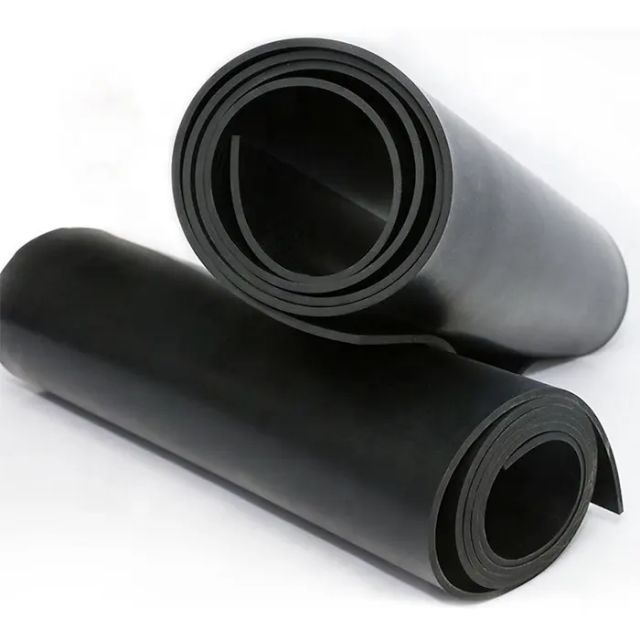Oct . 22, 2024 14:32 Back to list
Durable Rubber Fender Solutions for Enhanced Marine Protection and Performance
Understanding Rubber Fender Technology A Key Component in Marine Engineering
Rubber fenders are essential components widely used in marine engineering, especially when it comes to ships docking in ports, ship-to-ship mooring, or protecting marine structures. These rubber products are designed to absorb the impact energy when vessels come into contact with docking facilities, ensuring that both the ship and the infrastructure remain unharmed. This article delves into the functions, types, and advantages of rubber fenders, highlighting their significance in maritime operations.
Functions of Rubber Fenders
The primary function of rubber fenders is to absorb shock and reduce the risk of damage during the berthing process. When a vessel approaches a dock or a buoy, it can generate significant kinetic energy due to its size and speed. Rubber fenders act as a cushion, dissipating this energy and minimizing the chances of structural damage to the ship's hull and the docking structure.
Moreover, rubber fenders serve to provide a safety buffer during adverse weather conditions. They can effectively accommodate various angles and movements of the ship, allowing it to settle securely alongside docks without causing harm to either the ship or the port infrastructure. This protective capability not only enhances safety during loading and unloading operations but also prolongs the lifespan of marine facilities.
Types of Rubber Fenders
Rubber fenders come in various shapes, sizes, and configurations, tailored to meet the specific needs of different marine applications. Some of the most common types include
1. Cell Fenders These fenders consist of a tubular structure and are often used in environments where large vessels are present. Their design allows for high energy absorption and low reaction force.
2. Arch Fenders Typically installed on wharves and jetties, arch fenders provide a wide contact area to evenly distribute the force of impact. They can accommodate movements at various angles, making them versatile for different docking scenarios.
3. D Fender Named for its D-like shape, this type of fender provides excellent protection and is commonly used in small boat docks and berths. Their compact design makes them easy to install and maintain.
rubber fender v

4. Square Fenders This type of fender is often used for larger vessels due to its ability to withstand heavy loads. Square fenders can be customized for specific applications, making them a flexible choice in marine settings.
Advantages of Rubber Fenders
Rubber fenders present several advantages that make them a preferred choice in marine applications
1. Durability Made from a variety of synthetic rubber compounds, these fenders are designed to resist weathering and play well in harsh marine environments. They can withstand UV rays, saltwater, and extreme temperatures, ensuring long-term functionality.
2. Cost-Effectiveness Although the initial investment for high-quality rubber fenders may be significant, their longevity and minimal maintenance requirements often result in lower overall costs in the long run.
3. Customization Rubber fenders can be manufactured to specific dimensions and performance characteristics, allowing for tailored solutions that address unique maritime challenges. This customization plays a crucial role in ensuring optimal performance in different scenarios.
4. Environmental Impact Many modern rubber fender technologies focus on sustainability, utilizing materials that are less harmful to the environment. The ability to recycle old fenders also contributes to reducing waste in marine industries.
Conclusion
In conclusion, rubber fenders are integral to modern marine operations, providing essential protection and durability for ships and dockside facilities. With various types available, they are tailored to meet the demands of specific environments and vessel sizes. As the maritime industry continues to evolve, the role of rubber fenders will remain vital, ensuring safety and efficiency in berthing operations. As technology advances, further innovations in rubber fender design and materials will undoubtedly enhance their performance and sustainability, reinforcing their position as a critical component in marine engineering.




